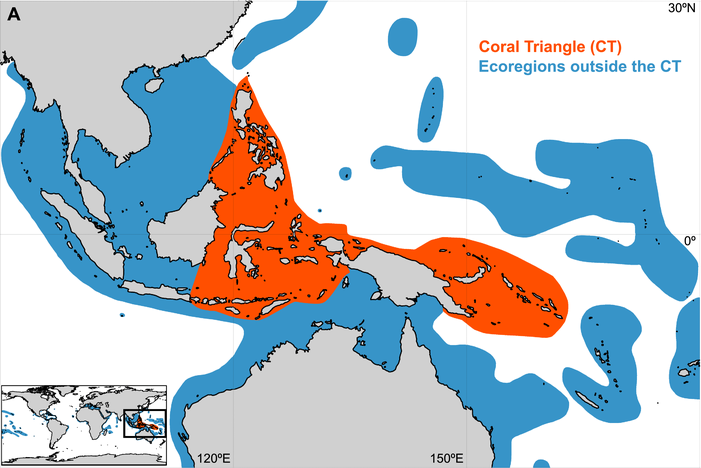Background
The microbiome of the gut specifically plays a role in chronic metabolic disease, one of which is Chronic Kidney Disease (CKD) (Ren et al. 2020) which this blog post specifically covers. CKD is a chronic condition because the damage to kidneys occurs over a long time period, inhibiting their ability to filter blood and toxins. As the damage occurs over time there is increasing risk that patients will end up on dialysis or need transplantation. The sooner CKD can be diagnosed the higher chance a patient has to protect their kidneys (“What is chronic Kidney disease?” 2017). CKD is an important disease to discuss since approximately 13.4% of the global population suffers from it and around 30 million people in the U.S. (Ren et al. 2020). Sufferers have a greatly increased risk of morbidity and mortality, as well as suffering from the significant healthcare costs that arise with this disease. For most patients CKD is not diagnosed until it is in a very progressed stage because the clinical symptoms are normally nonexistent in the early stages, meaning that most end up in end-stage renal failure (ESRF) which requires dialysis, transplantation, or other costly and long-term medical procedures. In 2012, Viziri et al. demonstrated the relationship between the gut microbiome and CKD. Gut derived uremic toxins, created by enzymes that the microbiota of the gut harbor are a factor in the progression of CKD and in previous studies it has been observed that as renal function decreases there is an increase in these toxins. Even though we know the connections with advanced stages of the disease, there is little research that has been done to potentially use the microbiome to diagnose early stage CKD, which leads to the researchers main question. Continue reading “Could the Gut Microbiome be the Answer to Chronic Kidney Disease?”

